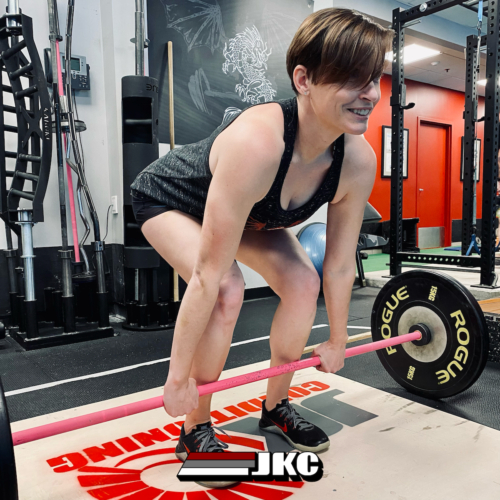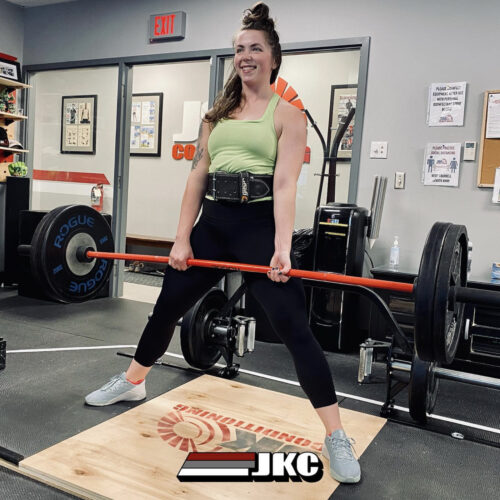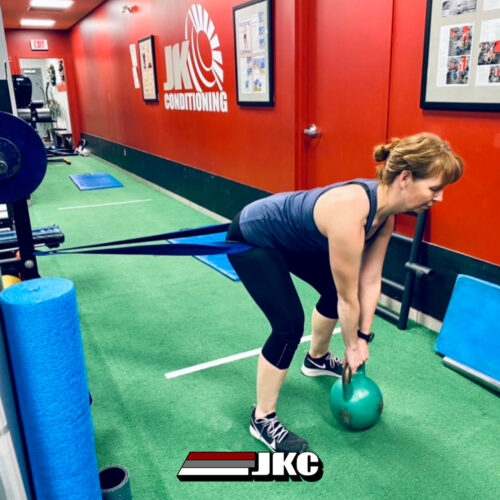 Plyometric training combines strength, speed and neuromuscular efficiency to produce power. Marching drills and jumping exercises make up the majority of this type of training, during which a muscle is loaded and contracted rapidly in a sequence known as the stretch-shortening cycle. This mechanism, along with the stretch reflex, forms the basis of all plyometric activities. Plyometric training can improve running economy and performance.
Plyometric training combines strength, speed and neuromuscular efficiency to produce power. Marching drills and jumping exercises make up the majority of this type of training, during which a muscle is loaded and contracted rapidly in a sequence known as the stretch-shortening cycle. This mechanism, along with the stretch reflex, forms the basis of all plyometric activities. Plyometric training can improve running economy and performance.
Plyometric training focuses on increasing power output by enhancing the stretch-shortening cycle. It is thought that plyometrics result in the stiffening of the lower-limb joints during ground contact, reducing the delay between eccentric and concentric muscle contractions. This means that during each foot contact, the stretch-shortening cycle would be more efficient, leading to a more economical running style. Plyometrics also boost brain-muscle communication with minimal muscle bulking – good news for runners, who need to be able to produce force quickly, while attaining a high strength-to-bodyweight ratio.
Read the rest of the article at Canadian Running HERE.








































